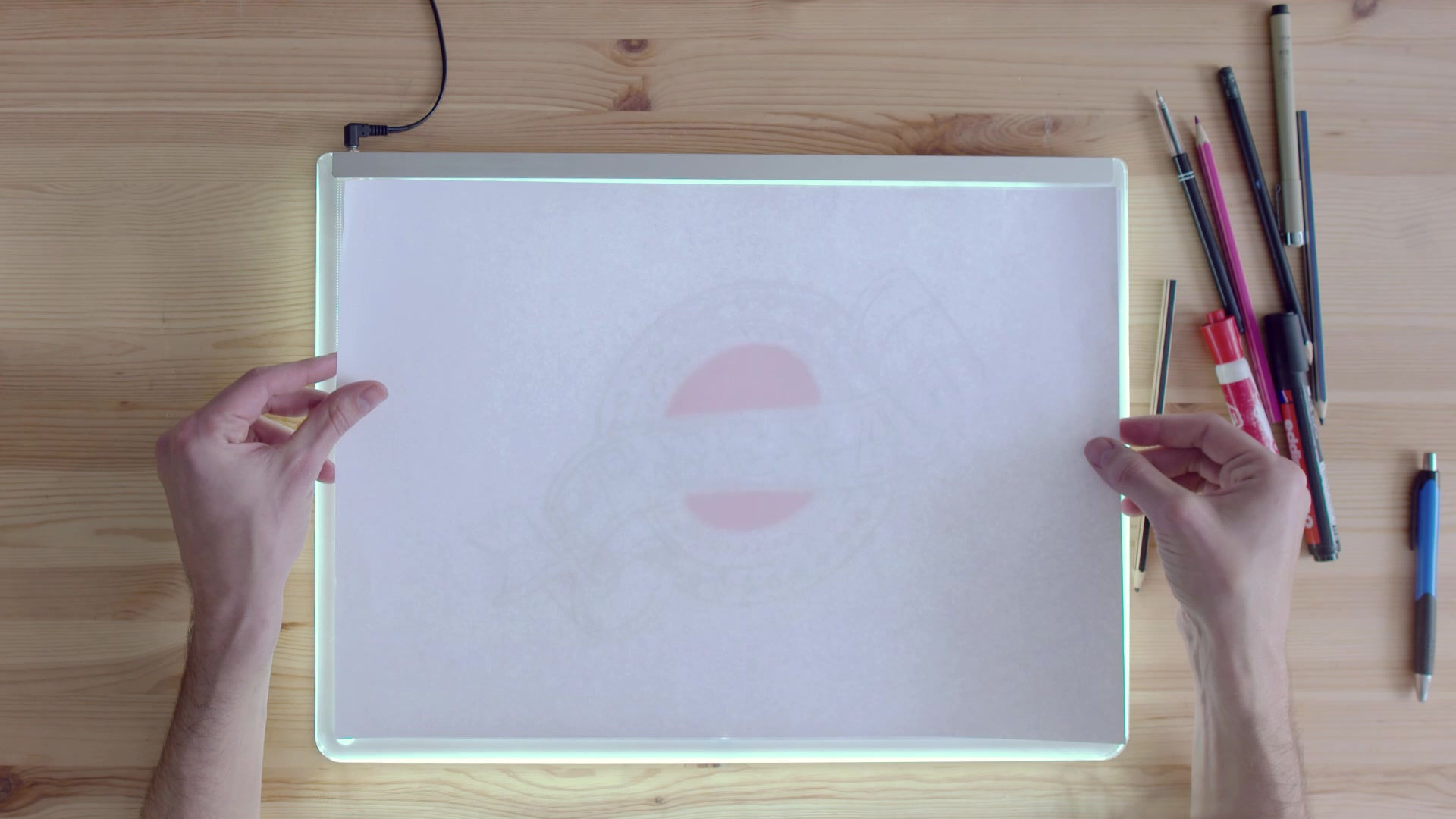Starting in Graphic Design: Part 2
- Daniel Thompson
- Dec 8, 2016
- 3 min read
All of these points are taken from "Getting Started in Graphic Design" from LinkedIn and Lynda.com.
Using both paper and digital tools is very important when creating a new design. Paper can be a great way to focus on an initial design, without the considerations of font, layout and applications.
The digital tools that most designers use are part of the Adobe suite of programs.
InDesign is a layout tool that is best for creating digital and paper publications like magazines, Interactive Pdf's, and eBooks. What makes it so useful for these types of projects is that it is very good at putting the same content in the same place on the page. This means that if you need a page number or logo to always be in the same place on the page, InDesign will help you to do that.
Photoshop is best when used with: photos, images, designs, videos and 3D models. It allows you to manipulate the image in many ways, including: cropping and straightening as well as changing color, tone and shadow. The key thing is that it allows you to edit non-destructively using layers and masks. This means that the original image is not changed by the process and you can always go back to it and start again without worries.
Illustrator is used to create and edit scale-able vector art. It is mostly used for creating logos, icons, illustrations and typesetting. Most designers like to either do freehand drawing or coloring and tracing scanned art with it. It is called scale-able because the vector-based nature of it allows you to make the image as large or small as you like without losing quality.
Muse is great for jumping straight into web design without needing to know any coding because it does all of those elements for you. This makes it simple for beginners to use but has limitations for more advanced projects.
Taking Design to the Next Level

The best ways to gain mastery in any skill, especially drawing and digital design, are practice and exploration. Look around online for videos, info-graphics and tutorials. Buy or borrow books about what you want to improve. Talk to experts and peers to share tips and tricks. You can also set yourself or find projects, challenges and tests to push your abilities and give you direction.
Making your Design a Reality
Your design is not finished when you put the final stroke on your computer image. It is finished when the final product rolls off the press.
There are a number of considerations that you should ask about from your client and that should be kept in mind throughout the creative process. These are cost, design and format (i.e. where and how it can be accessed.)
Printing costs can range wildly because there are so many factors that can change. These factors can include: quantity, size, printing method, paper, treatments, finishes and more. Because of this mistakes, or failures to take into account one or more of these elements can end up being very expensive. Just a simple choice like using a range of 3 rather than 2 colors in your design can really bump up costs. For this reason you should discuss your vision and budget with printers before going ahead with anything.
Digital print also has a number of considerations. You need to ensure that your product can work on the growing range of digital formats. Amazon Kindle and Apple iBook are among the most ubiquitous but interactive Pdfs, EPUBs among others are also used widely.
In short, it is very important to ask appropriate questions of your client, including aspects of cost, capabilities and limitations of the project, and do your homework before setting out on any design project.



































Comments